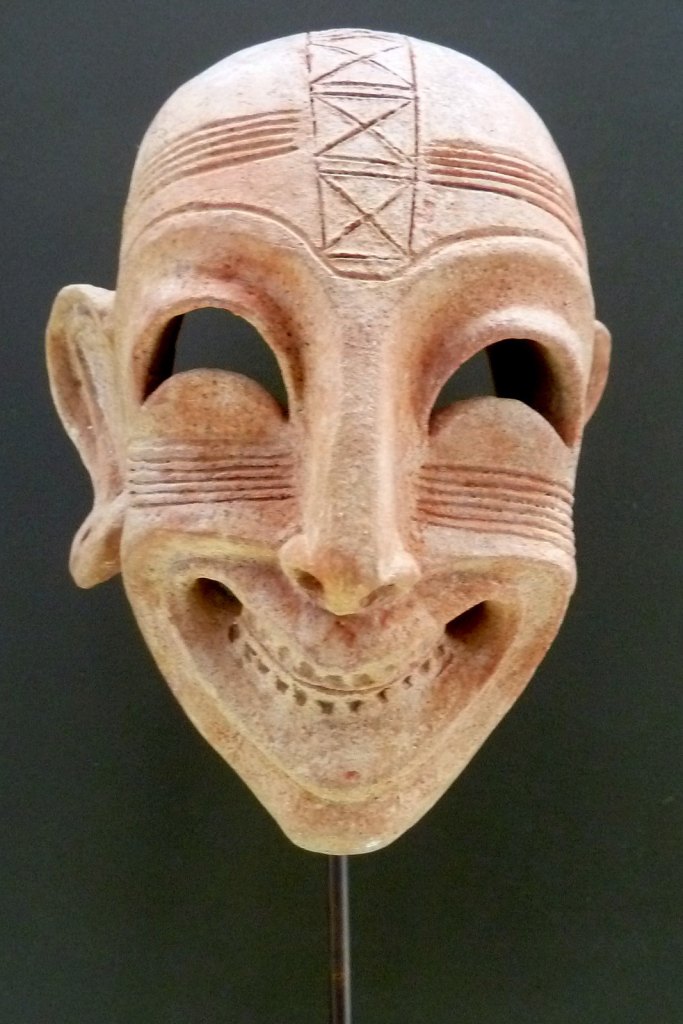Carthaginian Art
Carthaginian art stands as a fascinating testament to the cultural crossroads that was the ancient city-state. Unlike their Roman counterparts, the Carthaginians weren’t known for groundbreaking artistic innovation. Instead, their artistic expression served as a vibrant tapestry woven from influences across the vast Mediterranean world.

Phoenician roots undeniably shaped Carthaginian art. Deities like Baal and Tanit, familiar figures in the Phoenician pantheon, found their way onto Carthaginian amulets and sculptures. Egyptian motifs also made an appearance, with lotus and palm designs adorning pottery and jewelry. Additionally, the influence of Greek artistic styles, particularly in depictions of human figures on ceramics, can be seen.
Ostrich Egg Decoration
A unique aspect of Carthaginian art is the use of ostrich eggs. These readily available natural objects were decorated with geometric patterns, symbolic imagery, and even human faces and served as offerings in tombs.



Sculptures
While large-scale sculptures are rare, the Carthaginians did create smaller sculptures from materials like ivory and terracotta. These often depicted deities, mythological scenes, or human figures.






Pottery
A highly utilitarian and artistic form, Carthaginian pottery featured a range of styles. Early examples displayed Phoenician influences, while later pieces incorporated Greek decorative elements like geometric patterns and floral designs. These pots served everyday purposes but were often beautifully decorated.

Perfume Burner in the shape of a Woman’s Head. Kerkouane Archaeological Museum. (c) Rais67

Jewelry
Carthaginian artisans were skilled in crafting intricate jewelry from various materials, including gold, silver, and glass. Amulets, pendants, and earrings were popular, often featuring religious symbols or scarabs (symbolic beetles) for protection.





Unfortunately, much of Carthage’s artistic legacy was destroyed during the Punic Wars by the Romans. However, archaeological excavations continue to unearth valuable pieces, and surviving examples from their colonies provide further insights.
While the lack of large-scale sculptures and monumental architecture might lead some to dismiss Carthaginian art, its true strength lies in its ability to capture the essence of a cosmopolitan society. It’s a testament to the cultural exchange that thrived in the ancient Mediterranean, offering a glimpse into a civilization that valued beauty and craftsmanship in their everyday lives.
